Garage Gigs for Growth (#2)
Innovation has been high on the National and Corporate agenda for the past couple of years. There has been a lot of money and resources sloshing around focused on getting new growth opportunities to fly. But just like the Birdman Rally at Moomba, some endeavours are doing better than others.
Are you getting a return on your innovation investments?
If Innovation 1.0 was hackathons, post-it-note walls, and breakthrough ideas then Innovation 2.0 is going to be less about the idea generation and more about getting TRACTION. And by traction I mean revenue and profits.
Enterprises and Startups have their own strengths when it comes to launching something new……
So innovation's all the rage at the moment. Everyone's got it on their agenda, and understandably so. One of the ways we think about innovation is in the context of an enterprise and a startup or a slow and lumbering battleship compared to a nimble speed boat. There's been a lot of focus on startups and how startups operate lean startup methodology and some really great tools like Design Thinking for Innovation and they've been used in both areas.
Startups are sexy for good reason because we hear all the success stories, the big unicorns that have made it big, the billion dollar valuation companies. We want to get a bit of a taste of that if we're in a larger organisation. Here's some of the reasons why we think startups are sexy. We think, in terms of risk, we think, "Well, they'll take risks. They'll have a go. They'll get something out there, and they can do that quickly and get feedback and then get something else out there." They have rapid iteration loops and they take risk. An enterprise is typically sign-offs, goes through multiple decision layers, there's a process, there's some sort of business case to be put forward as opposed to jumping in and taking some high risk at the beginning.
That also leads to our thoughts on speed. We've got something that can't turn very quickly. It can't be agile. Often our speed of change, our speed of communication between the customer and the CEO, between the front of the ship and the bridge, there's a delay. Startups, they get instantaneous feedback from the customer because they're in front of the customer. They've got high speed.
When we think about their innovation ecosystem, an enterprise typically has an internal innovation ecosystem so they're spending time internally in workshops and they might have some external people come in, but the ecosystem is largely internal as opposed to a startup which has a very external ecosystem. They're often in an incubator or an accelerator. They speak to other startups. They're very exposed to feedback.
It's not as simple as that because how many of you are getting a great return to post-it notes? When you have these startupy, hackathon innovation days and you're plastering these post-it notes all over the wall, how many are getting a great return from that? I think the first iteration of the innovation revolution that's come back has been about idea generation and it's been about getting breakthrough ideas. That's what everyone seems to want, but I don't think we have a shortage of ideas at all. I think our issue is with getting those great ideas that come out of those sessions into the organisation and getting them traction. Basically that means revenue and profit.
Two things that are missing from here are resources and access. Resources in terms of funding and money and time and people and what you can throw at it. Clearly that's better in an enterprise than in a startup. Startups are often, until you get very successful, bootstrapped. They're operating off the revenue and the money that they can generate themselves. They're usually massively cash-strapped which also leads to some ingenuity and invention of course. But also access, which entity has high access to customers and access to distribution once a great idea comes out and gets built into a way of work or a product. Well, we've got some great stuff that we can get out of an enterprise. Usually access is lower in a startup.
Clearly the best way forward is to develop something that's in the middle here where we can try and take the best of both worlds and make it into a hybrid approach. The next evolution of the innovation revolution is going to be not more and more ideas, it's going to be about the structure and the ecosystem and the culture that develops a hybrid model and launches that speedboat off the side of the battleship, but where the speedboat can come back and refuel with resources and plug some stuff back in.

Comments are closed.